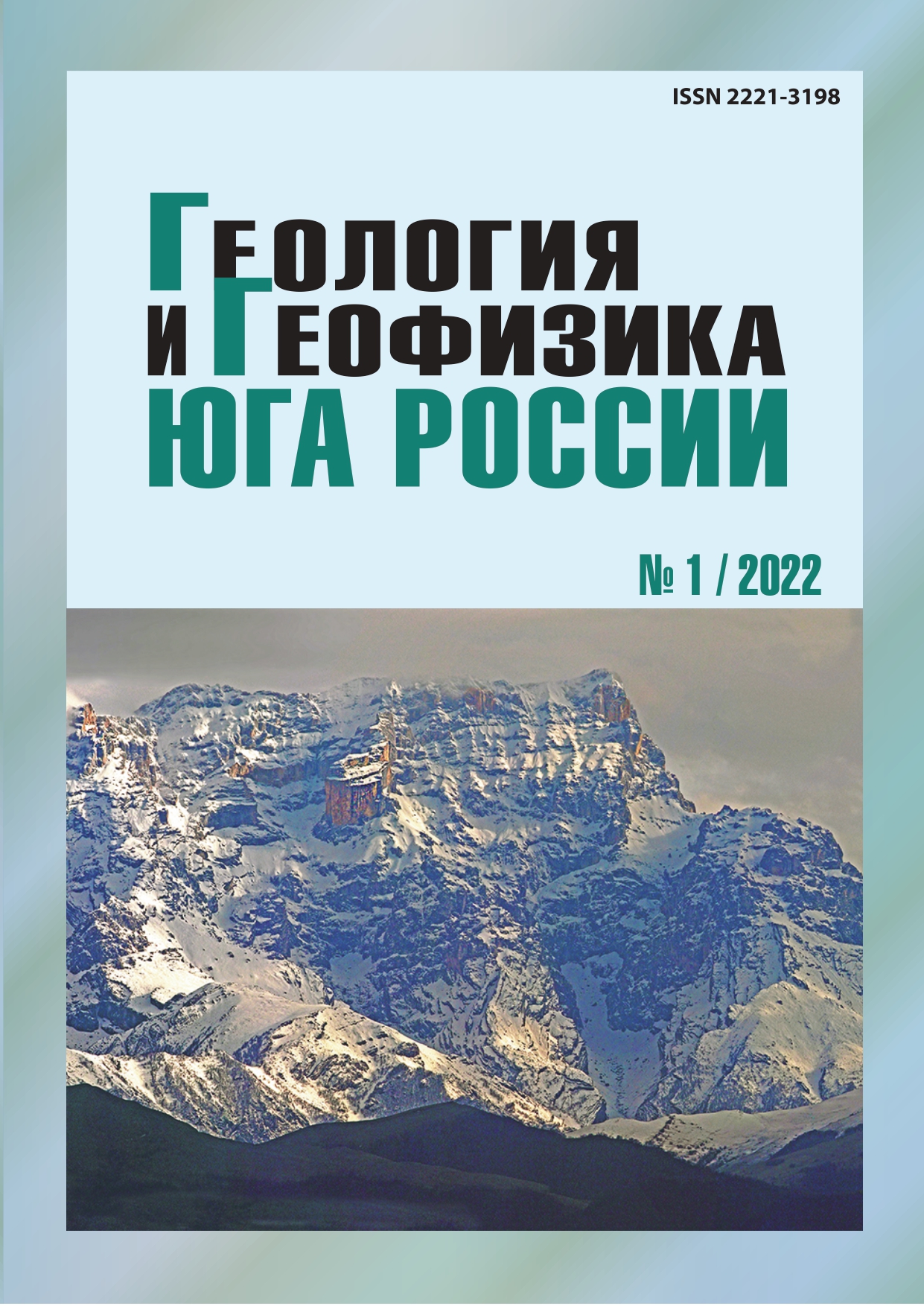Low-burning, energy-saving, environmentally safe technology for producing ceramic materials based on clay shales
Abstract
Relevance. Currently, in order to save energy and resources in the production of building materials for the construction industry, the tasks are set to develop effective new generation wall materials that provide for the abandonment of traditional fired wall materials, which significantly increases the cost of buildings and structures. In this regard, the development and implementation of energy-saving building materials of a new generation using low-burning and non-burning technologies using natural mineral and technogenic raw materials is a very urgent task. Aim. Substantiation of a new scientific direction in the technology of production of ceramic building materials, namely non-fired from nonmetallic mineral raw materials by the example of low-fired clay shales, the results of which will suggest the possibility of obtaining similar building materials on other types of nonmetallic raw materials (mudstones, bentonites, siliceous rocks, etc…). Methods. Differential thermal, X-ray and petrographic analyzes of the shale were carried out to carry out complex physical and chemical studies of nonmetallic raw materials – shale. And to determine the normal density, setting time, normal consistency of standard solutions, standard methods were also used (GOST 310.1-76, 310.3-76, 310.4-81). GOST 530-95 and GOST 8462-85. Results. The performed theoretical and experimental studies have shown the possibility of obtaining a non-fired ceramic material from low-fired (600 ° C) clay shale, by joint grinding with quicklime to a specific surface of 2500 cm2/g, by introducing nanodispersed sodium polysilicates and mixing with water, and molding from the resulting masses of products, the hardening of which occurs both under natural conditions and during heat and humidity treatment (80-90 ° C) due to the interaction of lime with nanodispersed sodium polysilicate particles, as well as aluminate and silicate components of shale with the formation of hydroaluminates and calcium hydrosilicates, respectively. The novelty of these studies is the possibility of obtaining the production of ceramic materials using low-firing technology from low-fired nonmetallic mineral raw materials – clay shales, which are fired before molding products and at low temperatures of 500-600 ° C, while its content in the mixture is up to 90-95%, total mass, which makes it possible to call the resulting material ceramic.


